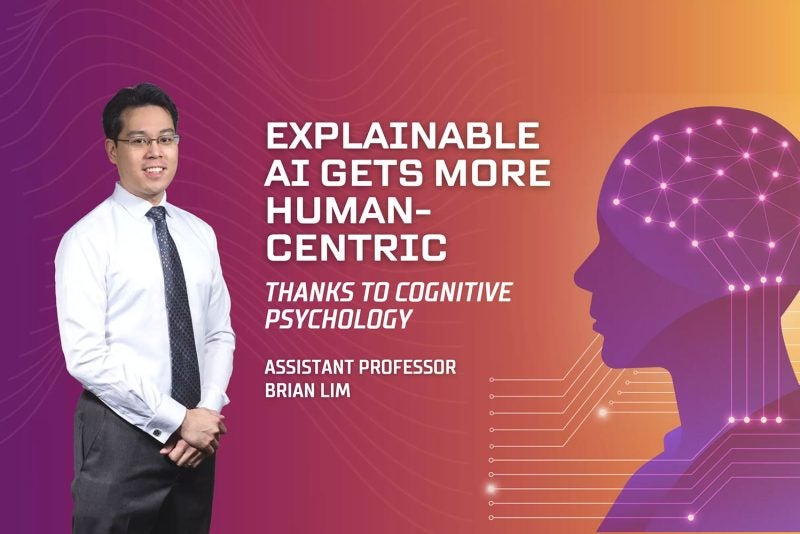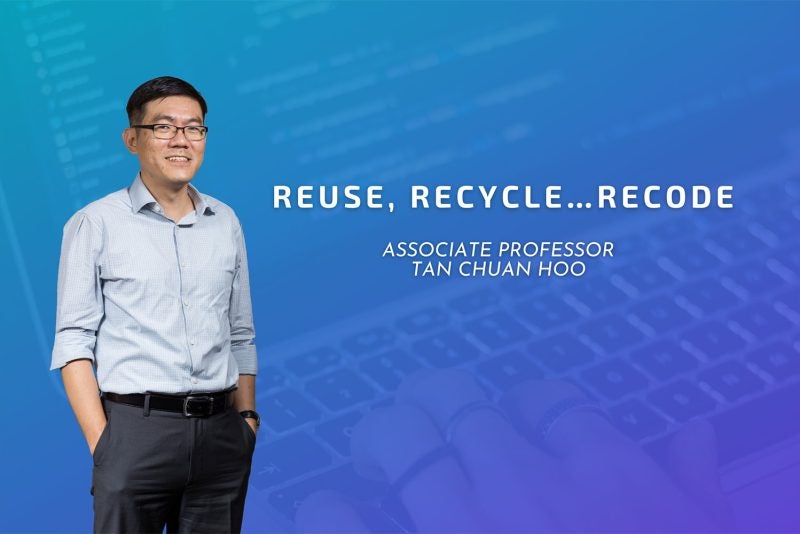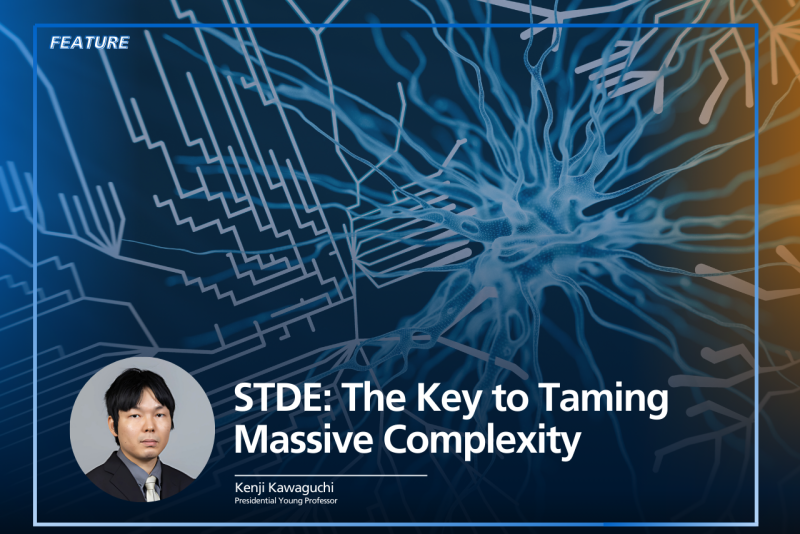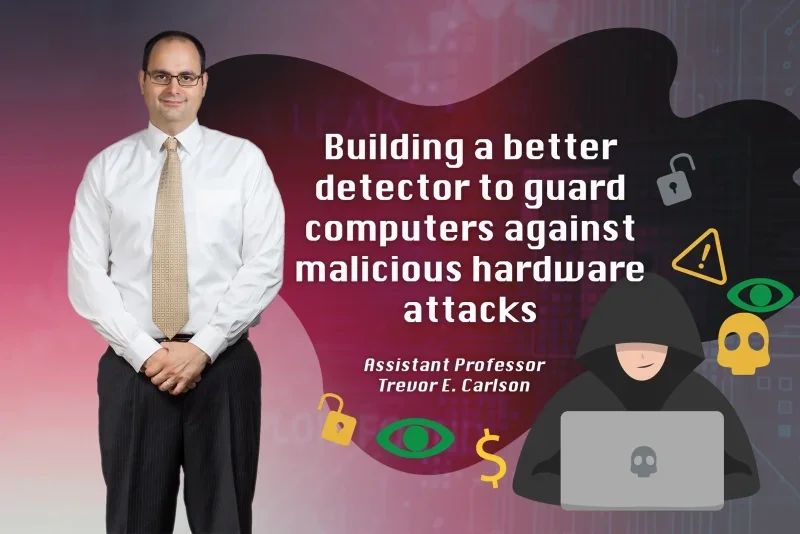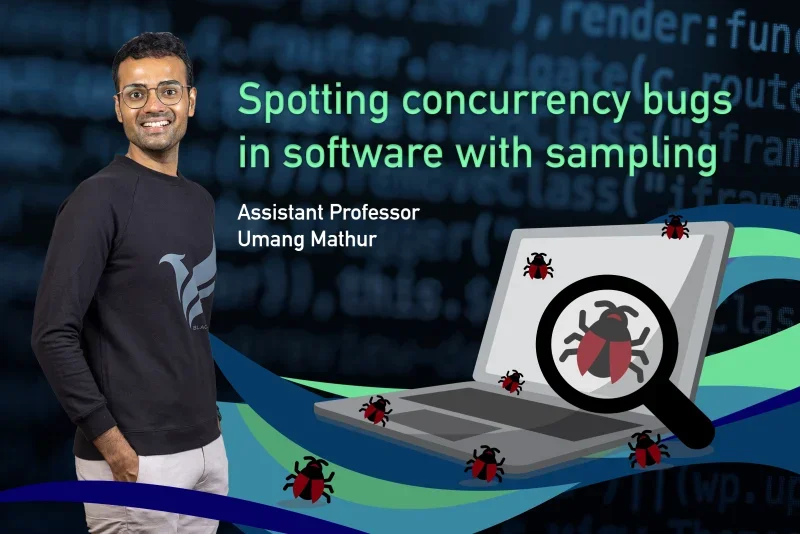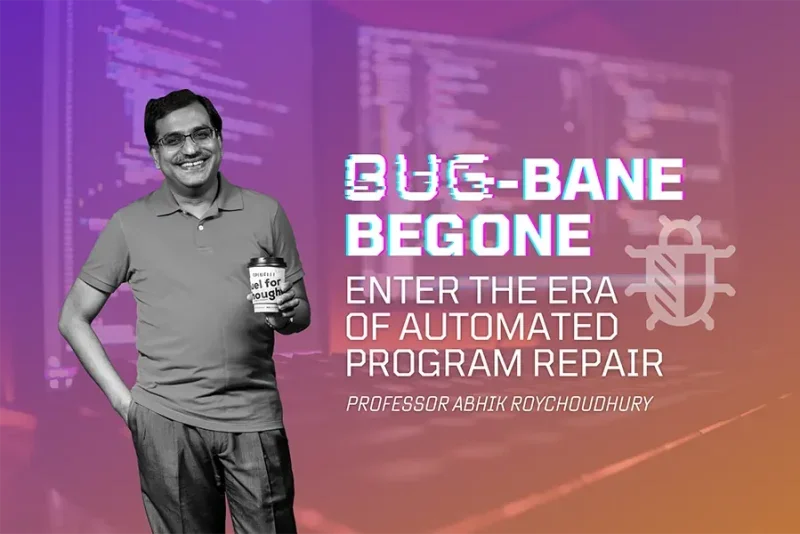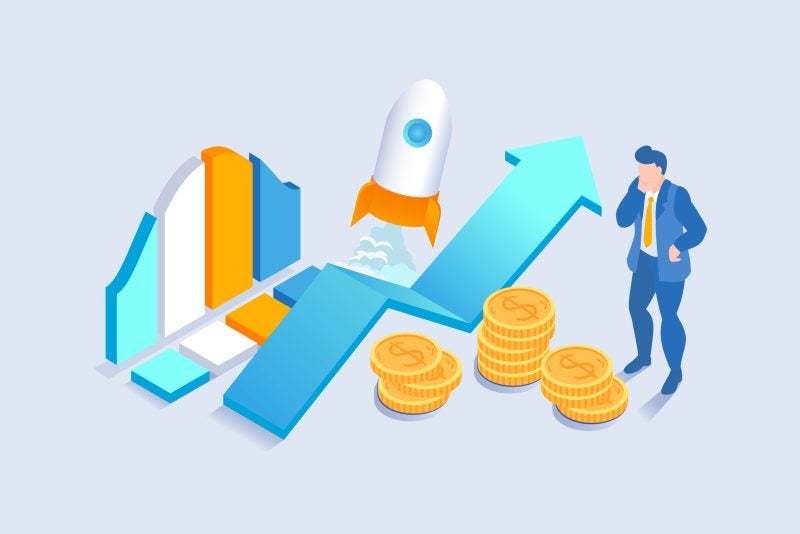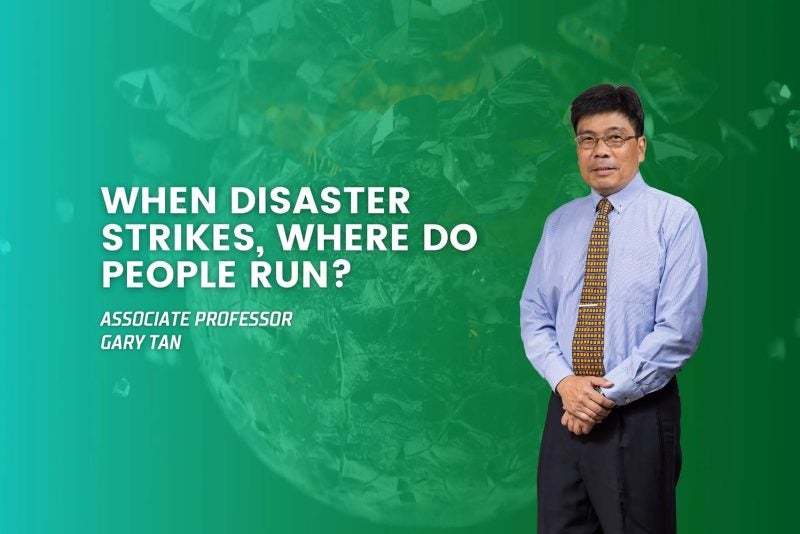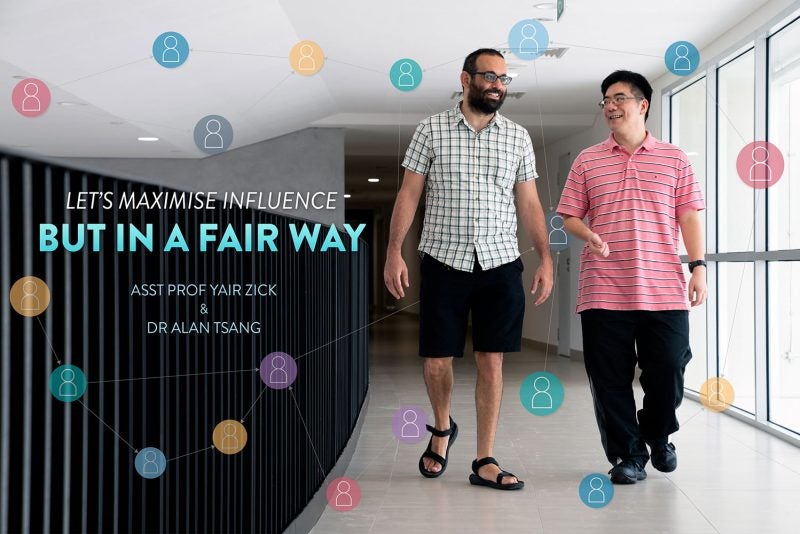One day in May 2014, law enforcement officials swooped down on a warehouse in the San Francisco Bay Area. There they found a mini laboratory, pill press machines, and barrels filled to the brim with tiny tablets — marks of a counterfeit drug-making operation. Six men were arrested, including ringleader 35-year-old Jeremy Donagal, nicknamed the ‘Xanax King.’
The raid might have passed unnoticed as just another drug bust, except for one notable fact: it marked the first time a major drug vendor operating on the popular illegal online marketplace Silk Road 2.0 had been successfully apprehended.
For six months, Donagal and his associates peddled their fake drugs on the virtual black market, one of an estimated 30,000 hidden websites that lurk on the fringes of the internet, in a place known as the dark web, also called darknet. Because sites on the dark web are heavily encrypted, not indexed by Google or other search engines, and are accessible only via a special browser, they confer users a cloak of anonymity.
“That’s basically the unique feature of darknet websites,” says Qiao Dandan, an assistant professor at NUS Computing’s Department of Information Systems and Analytics, who studies the economics of dark web crime.
“People use the dark web for illegal transactions because they know their privacy can be protected and their identities won’t be revealed.”
Although originally conceived in the late 1990s as a means for U.S. spies to communicate securely and later as a safe space for dissidents and activists to air their views without fear of prosecution from authoritarian governments, the dark web today is synonymous with nefarious activities. Users troll its sites, looking to purchase anything from passwords and credit card numbers, to child pornography and weapons. The largest transactions by far, however, involve the exchange of drugs, comprising up to two-thirds of all darknet sales.
“People use the dark web for illegal transactions because they know their privacy can be protected and their identities won’t be revealed,” says Qiao.
But the anonymity that attracts users to darknet sites is precisely what makes policing them a nightmare — as the rare arrest of drug dealers like the Xanax King demonstrated. Crackdown operations often involve cross-border cooperation across multiple law enforcement agencies and incur hefty expenses, not to mention time. And when darknet sites are shut down, the effect is often short-lived, with new ones promptly springing up in their wake. “What we really need are alternative, cost-effective strategies to police darknet markets on a regular basis,” says Qiao.
Sending ripples through the market
One promising strategy proposed is to selectively target large-scale drug dealers on such sites, with the twin aims of stemming a major supply source while simultaneously deterring smaller vendors in the market. This approach works well in the physical world, says Qiao, but we don’t know if it can similarly slash crime in the virtual one.
“In general, we have a very limited understanding of how darknet sites operate and the dynamics of such markets,” she says. “We don’t know what kinds of vendors exist and how they might be affected by the arrest of a high-profile seller.”
But Qiao and her collaborators, who hail from three different U.S. universities, were determined to shed light on the issue. To do so, they obtained data from Silk Road 2.0 in the month prior to the Xanax King’s arrest, and for four months after. The researchers contrasted these transactions with those on Agora and Evolution, two other darknet sites that were popular at that time, and which unlike Silk Road 2.0 were non-policed sites. “We wanted to see if the selective targeting of a large vendor could reduce subsequent darknet drug transaction levels, and if so, to what extent?” explains Qiao.
When they analysed their data, she and her collaborators unearthed encouraging results: news of Xanax King’s arrest led to a 39.2% drop in subsequent drug transactions on Silk Road 2.0, with the number of transactions falling by 70.5% relative to the two control sites. What’s more, the arrest sent shockwaves through the community, sufficient enough to slash the number of remaining vendors by more than half (56%).
“These are economically significant figures,” reflects Qiao, whose results were published in the Information Systems Research journal in May 2023. “It means that the police can actually use selective targeting to effectively combat crime on the darknet, and that that these efforts can potentially generate a fast deterrent effect that is significantly large in scope.”
Curbing crime
Closer inspection of the data revealed another gem: the arrest didn’t just impact darknet participants in the U.S. where the arrests took place, but on vendors outside the country too. Although the drop in vendor number and transaction volume was smaller for the latter group post-arrest, that there was any effect at all was encouraging given that these participants lived outside the prosecutorial jurisdictions of the Xanax King and his crew.
“We found that there was a spillover effect,” says Qiao. “Because, unlike the real world, the internet doesn’t have country boundaries. The deterrence hence goes beyond the jurisdictions where the arrestees reside.”
The study also threw up other interesting insights into darknet drug market dynamics. Following the arrest, the first vendors to exit the market or reduce their activities tended to be those with smaller-scale operations or who sold riskier drugs that have a higher risk for abuse, substances such as heroin, marijuana, and LSD.
“These vendors were more risk-averse and thus were most affected by the arrest shock,” explains Qiao. But her analysis also revealed a limitation to selected targeting: at least 10% of vendors were undeterred by the arrests. These were larger sellers, most likely drug syndicates that had the resources and means to evade legal arrests and punishments.
Still, there remains much to learn about the dark web, says Qiao. She continues to work on the topic today and is currently studying how different technologies might affect darknet market structures. For instance, illegal substances like drugs cannot be found through standard internet searches, such as on Google. The impact of a search engine designed for the darknet on drug dealings remains unclear. By further investigating these issues, she hopes to gain deeper insights into the market dynamics, especially in terms of the spread of sellers, in these unlawful marketplaces. This information can be valuable for law enforcement to develop more effective selective targeting tactics in the future.
“One purpose of our research is to bring about a greater awareness of how the dark web functions,” says Qiao, “and to figure out how we can work together to fight about the horrible crime that takes place there.”
Paper: Shedding Light on the Dark: The Impact of Dark Enforcement on Darknet Transactions



